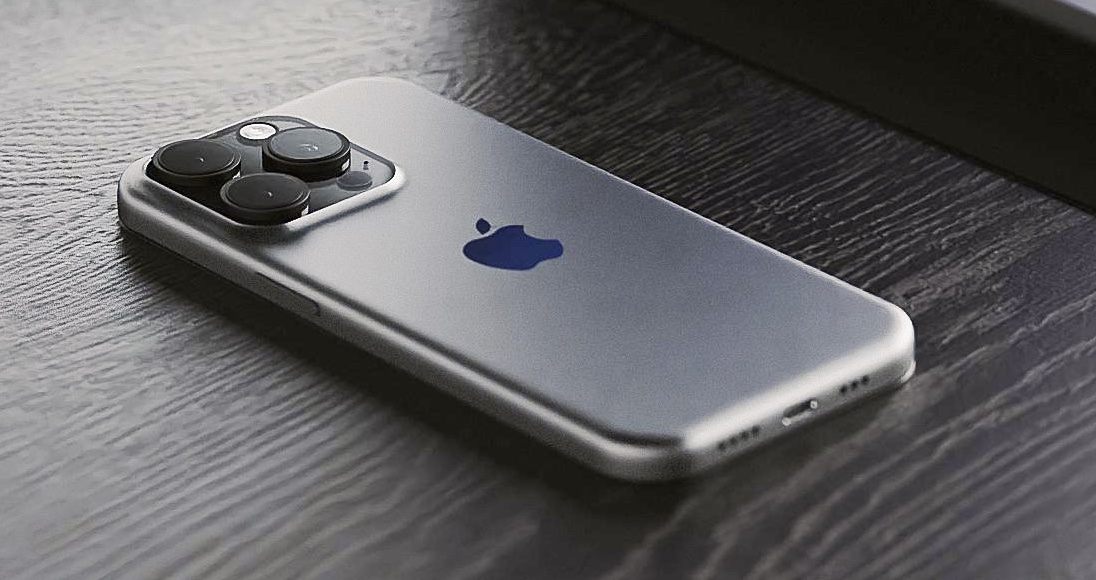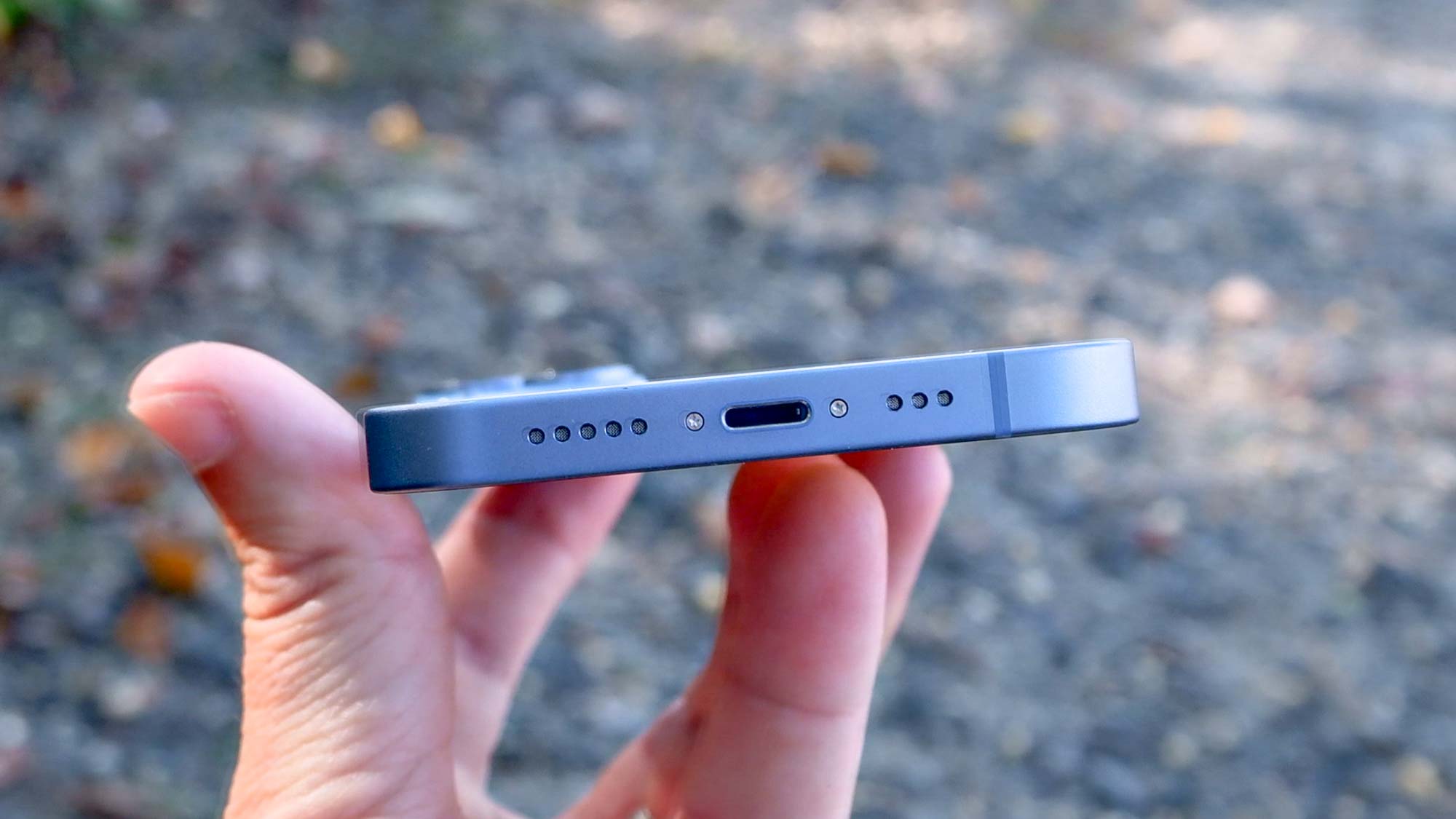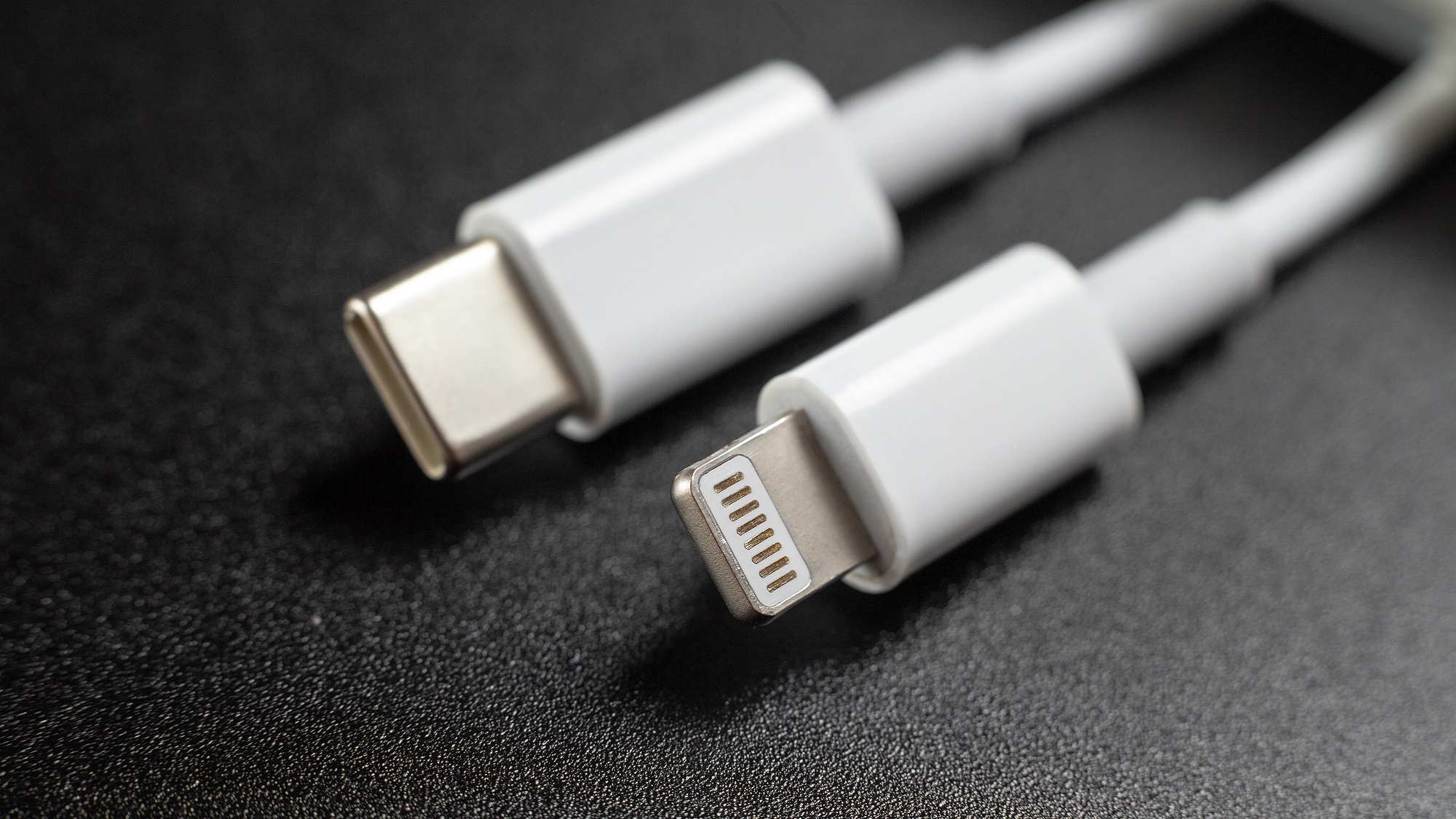iPhone 15 and USB-C — why it’s a bigger deal than you think
Don't dismiss the importance of a USB-C-equipped iPhone

The iPhone has been rumored to be switching to USB-C for such a long time, you can be forgiven if you've long since tuned out the claim. But make no mistake — Apple has confirmed it is making the switch to USB-C for the iPhone, dropping its proprietary Lightning port in favor of USB-C. And the move is coming sooner than you might think.
I'm one of those people who's spent the last few years responding to breathless claims of imminent Lightning-to-USB-C swaps with a dismissive "Yeah, sure," so I know how tempting it is to dismiss this rumor. OK, fine — Apple's adopting a USB-C port, you may find yourself saying. But is that move really that big a deal?
In a word, yes. Yes, it actually is a big deal. And with the move potentially coming with next fall's iPhone 15 release, it's time to dive into why USB-C is such a significant addition to Apple's phones.
iPhone and USB-C: What we know so far
We know that Apple plans to make the move to USB-C because the company has told us so. Speaking at October's Wall Street Journal Tech Live Event, Apple senior vice president Greg Joswiak confirmed that at some point, Lightning would give way to a USB-C port on the company's phones.
Apple is not making this move willingly, however. It's being done due to legislation passed by the European Union requiring a common charging port for electronic devices.
That EU law doesn't go into effect until December 2024, which leaves some question as to when Apple might start using USB-C on its iPhones. With new iPhones routinely launched in the fall, it's widely expected that 2023's iPhone 15 release will be when Apple makes the move. Releasing phones with USB-C in 2023 would allow Apple to get its products out there ahead of the EU's deadline.

Well-regarded Apple analyst Ming-Chi Kuo is among those predicting USB-C for the iPhone 15 lineup, with the connectivity standard appearing on all new models of Apple's smartphone. "My latest survey indicates all 2H23 new iPhones will abandon Lightning and change to USB-C, but only two high-end models (15 Pro & 15 Pro Max) will support the wired high-speed transfer, and the two standard ones (15 & 15 15 Plus) still support USB 2.0 same as Lightning," the analyst tweeted.
Sign up to get the BEST of Tom's Guide direct to your inbox.
Get instant access to breaking news, the hottest reviews, great deals and helpful tips.
(5/7)My latest survey indicates all 2H23 new iPhones will abandon Lightning and change to USB-C, but only two high-end models (15 Pro & 15 Pro Max) will support the wired high-speed transfer, and the two standard ones (15 & 15 15 Plus) still support USB 2.0 same as Lightning.November 17, 2022
The iPhone 15 won't be Apple's first products to feature USB-C instead of Lightning — not by a long shot. Every current iPad model, including the 10th generation iPad released this year, has USB-C connectivity. Of the iPads still on sale at Apple's store, only the 9th gen iPad features Lightning.
iPhone and USB-C: Why it matters
USB-C handles more power and offers faster data transfer.
— Avi Greengart, Techsponential
There's a reason some people are excited about the prospect of USB-C coming to the iPhone, and it comes down to speed. "USB-C handles more power and offers faster data transfer, though it can be hard to differentiate what capabilities a given USB-C port and cable actually provide," said Avi Greengart, lead analyst at Techsponential, when I asked him what the move to USB-C would mean for iPhone fans.
Charging speeds are one area where a USB-C iPhone could stand out from the current models. For a while now, Apple's phones have maxed out at 20W wired charging. That's not exactly pokey — Apple says you can get a drained iPhone 14 Pro Max to a 50% charge after 30 minutes. (We hit 42% in testing for our iPhone 14 Pro Max review, but we'll call that close enough for government work.)
The problem with 20W charging speeds is that rival flagship phones can charger faster than current iPhones can. The Galaxy S22 Ultra, for example, supports 45W charging, and we'd expect the upcoming Galaxy S23 Ultra to do likewise. The Pixel 7 Pro offers 30W charging, and while that's not blazing, it's faster than the iPhone's maximum charging speed.
Meanwhile, OnePlus continues to set the standard for fast-charging phones, as the OnePlus 10 Pro can recharge at 65W speeds in the US. (In the UK and Europe where electrical standards are different, the phone can recharge at 8%W.) Clearly, there's a gap for Apple to close, and USB-C could be the way to do it.

There's another benefit to USB-C, which Kuo brings up in his iPhone 15 Pro claims — the connectivity standard can also speed up data transfer. That's a feature that would be particularly welcome to mobile photographers using their iPhones to capture photos and especially high-resolution video.
It's also fueling speculation that Apple might use the faster transfer speeds as another way to set apart higher-end iPhones such as the iPhone 15 Pro or the rumored iPhone 15 Ultra. Again, this wouldn't be without precedent — the USB-C port on the iPad 2022 only supports 480 Mbps data transfer speeds. That's much slower than the other USB-C-equipped iPads, with the M1- and M2-powered iPad Pro models in particular delivering 40 Gbps speeds.
iPhone and USB-C: Potential complications
Faster charging and data transfer will be welcome additions to future iPhones, but the switch to USB-C won't be without some costs, particularly to Apple and the array of Lightning accessories built by third parties. "Some of those costs are lost licensing revenue for Apple, though the Made for iPhone and MagSafe programs will almost certainly remain robust no matter what connector is used," Greengart said.
But you and I will incur some costs, too. "The bigger cost is to consumers, who have invested in cables, chargers, and connected accessories that will now be obsolete," Greengart added. "I still encounter hotel rooms with 30 pin iPhone connectors last used on the iPhone 4."
When USB-C-equipped iPhones start arriving, it will mean all those Lightning cables you've amassed over the years are suddenly useless. That's why Apple's objections to the EU's upcoming law mandating the USB-C adoption often cite e-waste concerns — and for good reason.

Then again, if you've got a lot of tech in your household, you probably have a fair collection of USB-C cables, too. So that could ease some of transition to the new connectivity standard on future iPhones.
"When Apple does make the switch to comply with EU legislation, it will require a period of adjustment and create a lot of e-waste, but there are undeniable convenience and long-term environmental benefits to standardizing on a single physical connector," Greengart said. "At this point people who own other digital devices have already bought plenty of USB-C paraphernalia, so a move to USB-C will be better accepted by consumers than if Apple had made this move earlier."
iPhone and USB-C outlook
Whether it's the iPhone 15 or a later device, the arrival of USB-C on the iPhone will mark the end of one connectivity era and the beginning of another. It may have taken us a long time to get there, and there could be additional bumps on the way. But the end result should be a much better smartphone experience.
Philip Michaels is a Managing Editor at Tom's Guide. He's been covering personal technology since 1999 and was in the building when Steve Jobs showed off the iPhone for the first time. He's been evaluating smartphones since that first iPhone debuted in 2007, and he's been following phone carriers and smartphone plans since 2015. He has strong opinions about Apple, the Oakland Athletics, old movies and proper butchery techniques. Follow him at @PhilipMichaels.

